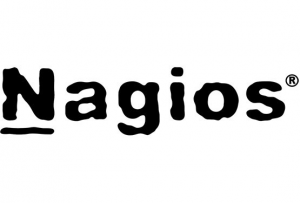Understanding Nagios Notification Escalation is no longer a problem with our experts by your side. Our Server Management Support team is here to lend a hand with your queries and issues.
Understanding Nagios Notification Escalation
Nagios is a well-known open-source monitoring system that offers for network and system issues. The Notification escalation feature in Nagios deals with escalating notifications in case an issue is not addressed within the specified time frame.

Furthermore, the notification escalation feature is defined in the configuration file. We can customize it to meet our requirements. In fact, the process is triggered by a timer that includes sending notifications to different groups or individuals or according to the escalation rules.
According to our experts, there are various factors that determine how notification escalation in Nagios. This includes the severity of the issue, the time of day, the response time of the person in charge of addressing the issue, and so on.
A key point of the Nagios notification escalation feature is that it defines clear roles as well as responsibilities to address notifications.
Nagios XI offers Host Escalations and Service Escalations that enables enhanced notifications.
Host Escalation management
- First, we have to head to Core Config Manger under Configure section.
- Then, click Host Escalations under Alerting.
- Next, we have to click the Add New option and enter a name in the Config Name field.
- At this point, we have to enter the first and last notification values. This determines when an escalation definition comes into effect. Furthermore, we can create more than one escalation for the different notification numbers. For instance, we can enter First Notification as 1 and the Last Notification as 3.
- Then, we have to enter a value for in the Notification Interval box. This value indicates how frequently the notifications are sent.
- Next, we have to choose the Escalation Option from Down, Up, and Unreachable.
- After that, select a Host Escalation Period.
- Then, we have to click the Manage Hosts options to select the hosts for this escalation and click Close. We can use an asterisk to apply the escalation to all the hosts or use a Host Group for multiple hosts.
- Now, we have to select the Manage Contact Groups option to choose the contact groups for this escalation and click Close.
- Finally, click Save to create the new host escalation
Service Escalation management
- First, we have to head to Core Config Manger under Configure section.
- Then, click Service Escalations under Alerting.
- Next, we have to click the Add New option and enter values in the Config Name, First Notification, and Last Notification fields.
- Next, we have to choose the Escalation Option from Warning, Critical, Ok, and Unknown.
- After that, select a Host Escalation Period.
- Then, we have to click the Manage Hosts options to select the hosts for this escalation and click Close.
- next. We have to click the Manage Services option and choose the service. And click Close.
- Now, we have to select the Manage Contact Groups option to choose the contact groups for this escalation and click Close.
- Now, we have to select the Manage Contact Groups option to choose the contact groups for this escalation and click Close.
- Finally, click Save to create the new service escalation
[Need assistance with a different issue? Our team is available 24/7.]
Conclusion
In summary, Nagios notification escalation is a useful tool to ensure prompt and effective resolution of issues. Our Support Techs also demonstrated how to create a new host escalation and service escalation notification.
PREVENT YOUR SERVER FROM CRASHING!
Never again lose customers to poor server speed! Let us help you.
Our server experts will monitor & maintain your server 24/7 so that it remains lightning fast and secure.




0 Comments